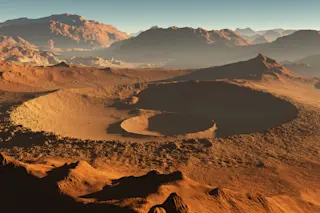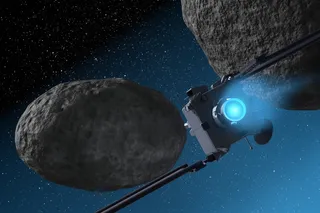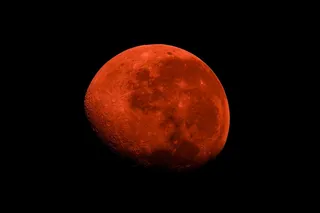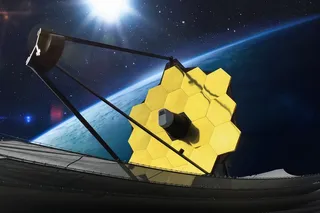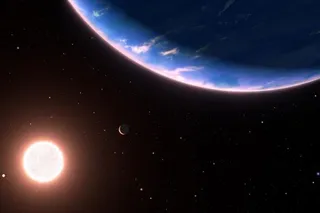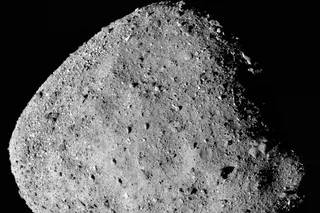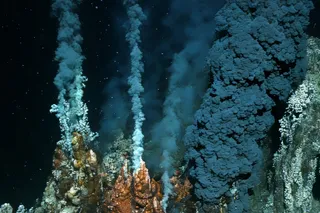Although Mars is known for being a dry and desolate desert, its landscape hasn’t always been so hostile. Rivers and lakes were once present on the Red Planet before it began to dry up somewhere around 3 billion years ago. The latest research has explored evidence from this distant chapter of Mars’ past, revealing ancient sources of water in the Gale crater region that evaporated and left behind wave ripples.
Researchers have investigated these geological clues in a recent study published in the journal Science Advances. They concluded that the presence of wave ripples formed 3.7 billion years ago indicates that Mars’ climate was warm and dense enough to maintain bodies of water not covered by ice, and therefore open to the Martian air.
"The discovery of wave ripples is an important advance for Mars paleoclimate science," said John Grotzinger, geology professor at Caltech and a principal investigator of the ...



